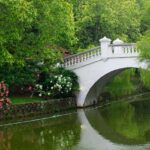Seoul stands as the beating heart of South Korea. A city that rebuilt itself through wars, dynasties, and modern revolutions, it keeps its past close even as skyscrapers rise around ancient gates. The royal courts of the Joseon Dynasty, stone walls from centuries ago, and neighbourhoods with preserved hanoks still hold their ground in the capital. Exploring historical places in Seoul reveals the city’s deep ties to tradition, memory, and cultural pride. These places are not distant artefacts.
Top Historical Places In Seoul You Should Experience
This is the list of 10 historical places in Seoul to explore, where royal palaces and sacred shrines continue to shape the city’s soul.
1. Gyeongbokgung Palace
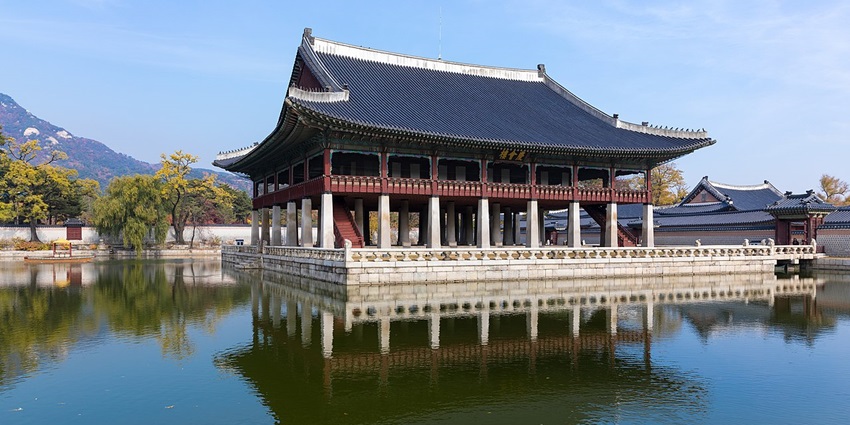
Photo: Frank Schulenburg / Wikimedia Commons
Gyeongbokgung Palace stands at the centre of Seoul’s royal past. It was built in the late 14th century, during the early days of the Joseon Dynasty, and served as the main seat of power. Although much of it was damaged during the Japanese invasions and later occupations, major parts have been carefully rebuilt. The main throne hall, Geunjeongjeon, still holds its original layout, with columns, patterned ceilings, and raised platforms. Anyone wearing a hanbok gets in free, and rentals are easy to find near the entrance.
How To Reach: Take Seoul Subway Line 3, get off at Gyeongbokgung Station (Exit 5).
Cost: ₩3,000 for adults, ₩1,500 for children / ₹1780 for adults, ₹890 for children
Timings: 9 AM – 6 PM (Closed on Tuesdays)
Nearby Attractions: National Folk Museum of Korea, Cheongwadae, Samcheong-dong
2. Changdeokgung Palace And Huwon (Secret Garden)
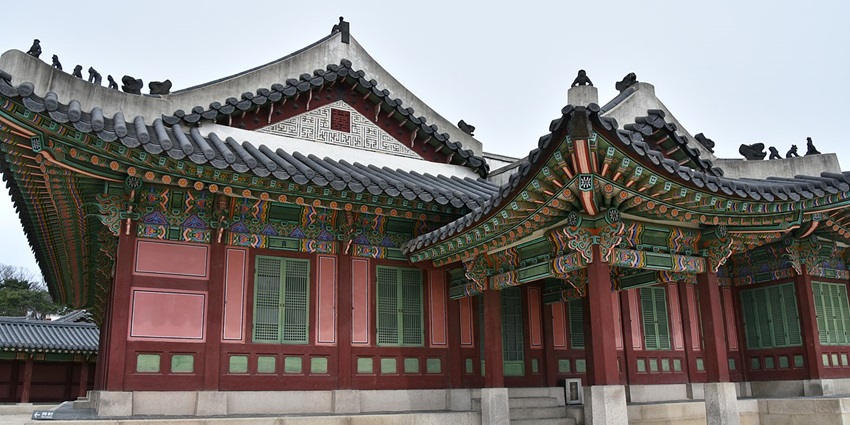
Photo: Richard Mortel / Wikimedia Commons
Changdeokgung Palace offers a quiet, lived-in feeling that sets it apart from the other historical places in Seoul. What makes this palace special is its layout. Builders followed the natural contours of the hills and forest, creating a palace that feels tucked into the landscape. Behind the palace sits Huwon, known as the Secret Garden. The garden can only be entered with a guided tour, and spots fill up quickly. No other historical places in Seoul capture the personal lives of the royal family in the same way.
How To Reach: Anguk Station (Line 3, Exit 3), 5-minute walk
Cost: ₩3,000 for palace, ₩8,000 for combo with Secret Garden / ₹1780 for palace. ₹4750 with a secret garden
Timings: 9 AM – 5.30 PM (Closed on Mondays)
Nearby Attractions: Bukchon Hanok Village, Jongmyo Shrine, Changgyeonggung Palace
3. Jongmyo Shrine
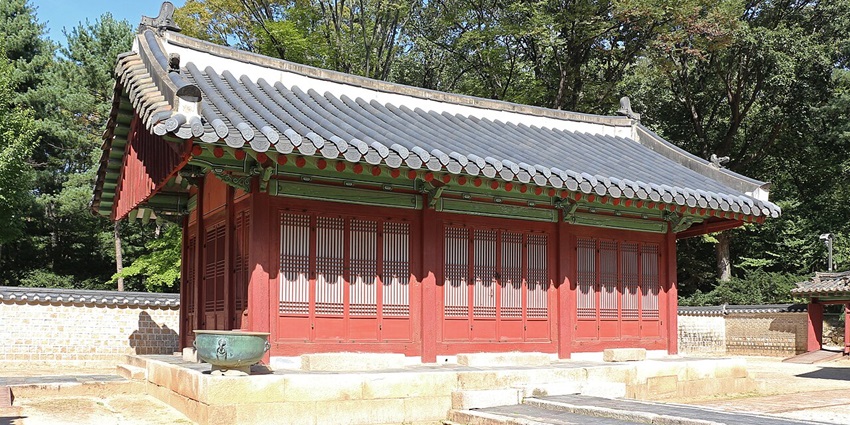
Photo: Bgag / Wikimedia Commons
Jongmyo Shrine is one of the most sacred historical places in Seoul, where rituals for the royal ancestors of the Joseon Dynasty were carried out for centuries. Built in 1394, it holds the memorial tablets of kings and queens, and the site follows Confucian principles closely in both layout and function. Once a year, a traditional memorial ceremony is performed at the shrine using music, dance, and prayer. The halls are long and low, made of dark wood, with little ornamentation. This reflects the seriousness of the rituals.
How To Reach: Jongno 3(sam)-ga Station (Lines 1, 3, 5), Exit 11
Cost: ₩1,000 for adults / ₹590
Timings: 9 AM – 6 PM (Closed on Tuesdays)
Nearby Attractions: Ikseon-dong, Tapgol Park, Insadong
4. Deoksugung Palace
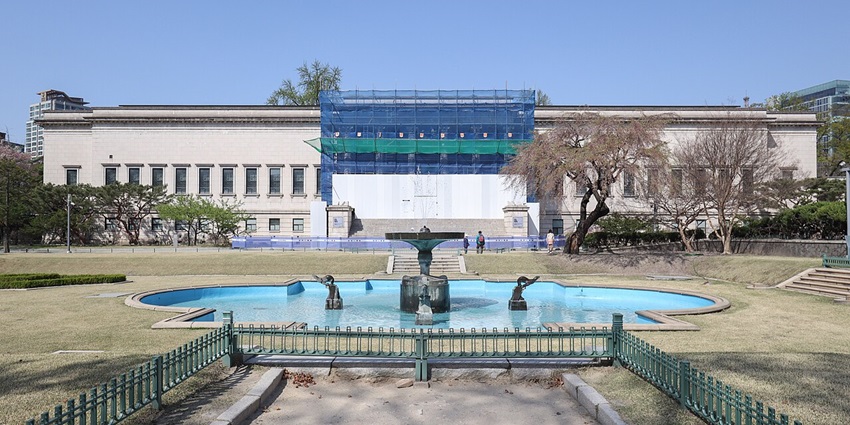
Photo: Mobius6 / Wikimedia Commons
Deoksugung Palace is one of the most unique historical places in Seoul. It was the last royal residence used during the final years of the Joseon Dynasty and into the short-lived Korean Empire. What makes Deoksugung different is its blend of Korean and Western styles. Alongside traditional throne halls are stone buildings with columns, designed by foreign architects at a time when Korea was trying to modernise. The wide stone-paved courtyard, the royal pathways, and the restored Junghwajeon Hall.
How To Reach: City Hall Station (Line 1 or 2), Exit 2
Cost: ₩1,000 for adults / ₹590
Timings: 9 AM – 9 PM (Closed on Mondays)
Nearby Attractions: Seoul Plaza, Jeongdong Observatory, SeMA (Seoul Museum of Art)
5. Changgyeonggung Palace
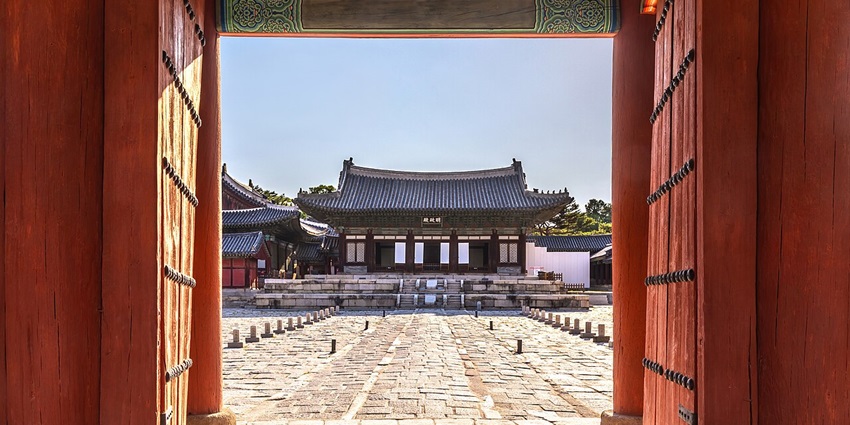
Photo: Basile Morin / Wikimedia Commons
Changgyeonggung Palace is one of the quieter historical places in Seoul. The palace layout was simpler than others, with long open spaces and structures made to suit daily life rather than grand ceremonies. Over the years, it was expanded and used for official affairs. During Japanese rule, the site was damaged and turned into a zoo and botanical garden, which erased much of its royal atmosphere. Since then, most of the original palace buildings have been carefully reconstructed, and the zoo has been removed.
How To Reach: Anguk Station (Line 3), Exit 3 or Hyehwa Station (Line 4), Exit 4
Cost: ₩1,000 for adults / ₹590
Timings: 9 AM – 9 PM (Closed on Mondays)
Nearby Attractions: Daehakro Street, Sungkyunkwan University, Seoul National Science Museum
6. Seodaemun Prison History Hall
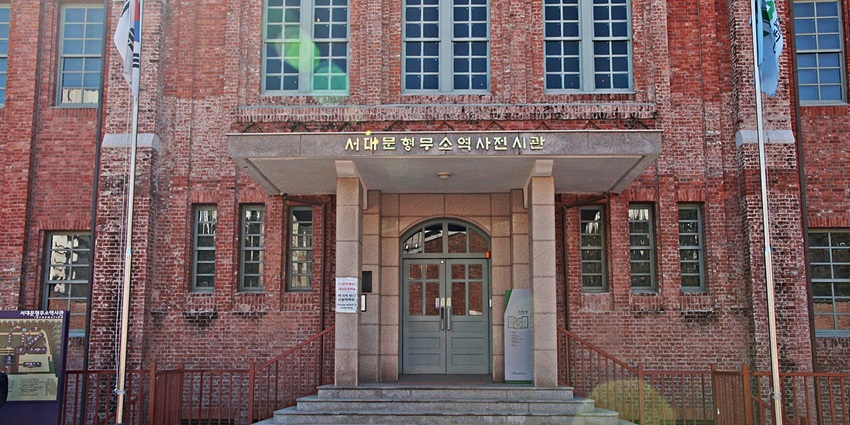
Photo: Noh Mun Duek / Wikimedia Commons
Seodaemun Prison History Hall is one of the most sobering historical places in Seoul. The original red-brick structure is still there, and many of its cells, execution sites, and underground torture chambers remain intact. The names and photos of people held in the prison are displayed alongside their stories, some of which ended in this very building. The prison was closed in 1987 and turned into a museum that now educates visitors about Korea’s resistance and the price of its freedom.
How To Reach: Dongnimmun Station (Line 3), Exit 5
Cost: ₩3,000 for adults / ₹1780 for adults
Timings: 9.30 AM – 6 PM (Closed on Mondays)
Nearby Attractions: Independence Park, Hyochang Park, Gyeonggyojang House
7. Unhyeongung Royal Residence
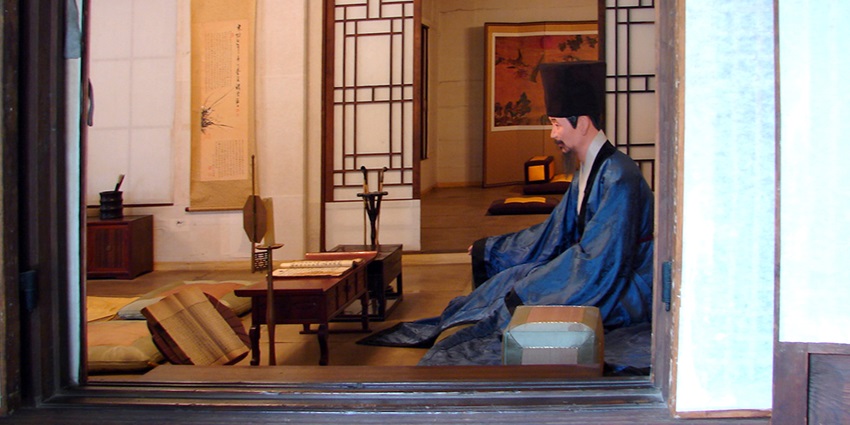
Photo: Steve46814 / Wikimedia Commons
The Unhyeongung Royal Residence holds a distinct place among the historical places in Seoul. This was not the home of a king but of a powerful prince regent, Heungseon Daewongun, father of King Gojong. It has a modest scale compared to Gyeongbokgung, but its halls, courtyards, and wooden verandas give a clear view into upper-class life just before the collapse of the old order. The buildings have been restored using traditional materials, and there are exhibitions with clothing, artefacts, and documents that explain the residence’s role in royal politics.
How To Reach: Anguk Station (Line 3), Exit 4
Timings: 9 AM – 6 PM (Closed on Mondays)
Nearby Attractions: Insadong, Jogyesa Temple, Tapgol Park
8. Namdaemun (Sungnyemun Gate)
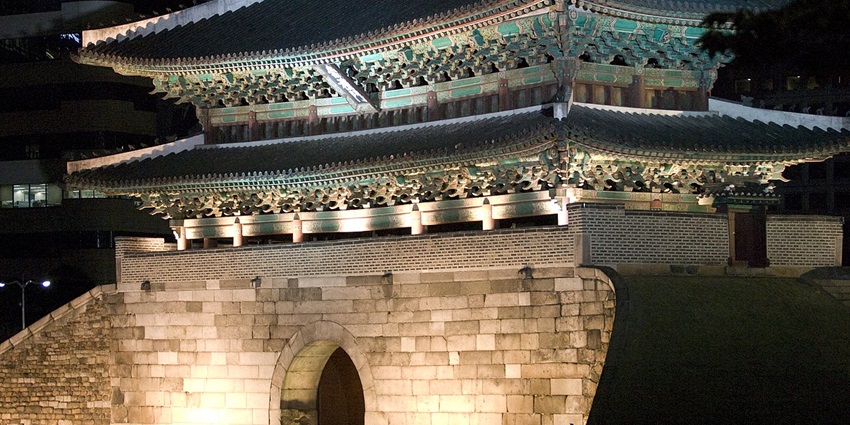
Photo: by AndrewEick / Wikimedia Commons
Namdaemun is the kind of place you might pass on a busy afternoon without knowing you’re looking at the oldest surviving gate in Seoul. The gate served the real purpose of defending the city and controlling who came in. A fire in 2008 destroyed its wooden top, but artisans rebuilt it using the same tools and methods from centuries ago. What stands now isn’t a replica, it’s a continuation. Among all the historical places in Seoul, Namdaemun is one of the few that hasn’t moved an inch since the 1300s.
How To Reach: Hoehyeon Station (Line 4), Exit 5
Timings: 9 AM to 5 PM
Nearby Attractions: Namdaemun Market, Seoul Museum of Art, Deoksugung Palace
9. Gwanghwamun Gate

Photo: *Youngjin / Wikimedia Commons
Gwanghwamun has been taken apart, relocated, and rebuilt more times than most people realise. When it was first constructed in 1395, it marked the entrance to Gyeongbokgung Palace and stood as the formal boundary between the king’s court and the rest of the city. For decades, it stood out of place. In 2010, the gate was finally returned to its original spot and rebuilt properly using wood and stone sourced and shaped by craftsmen trained in old techniques.
How To Reach: Gwanghwamun Station (Line 5), Exit 2
Timings: 24*7
Nearby Attractions: King Sejong Statue, Cheonggyecheon Stream, Sejong Center
10. Bukchon Hanok Village
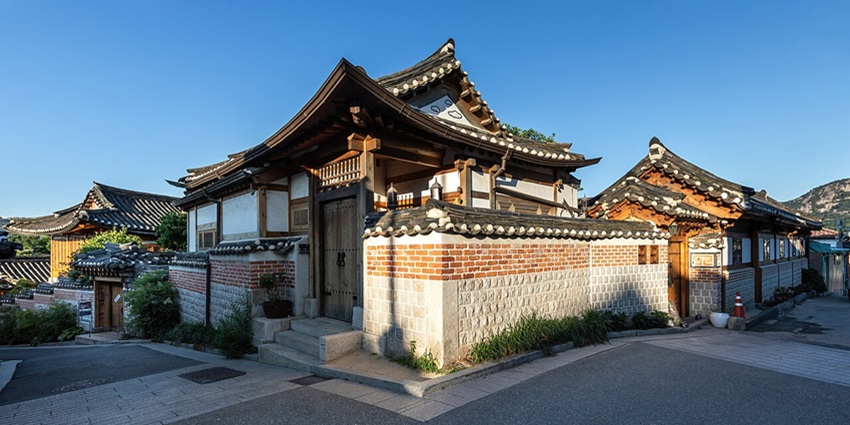
Photo: Basile Morin / Wikimedia Commons
Bukchon Hanok Village is a residential neighbourhood made up of traditional Korean houses called hanoks. It lies between Gyeongbokgung and Changdeokgung Palaces. The streets are narrow and quiet, and the houses were built using wood, stone, and clay. Their design includes courtyards, sloped roofs, and ondol heating systems, all meant to suit Korea’s seasons and way of life. Many of the buildings are still private homes, while some are used as tea shops, workshops, or cultural centres.
How To Reach: Anguk Station (Line 3), Exit 2
Timings: 9 AM – 6 PM
Nearby Attractions: Changdeokgung Palace, Gahoe Museum, Baek In-je House Museum
The past is still visible in Seoul, not hidden behind glass but woven into streets, walls, and daily life. Each of these historical places in Seoul tells part of the city’s story, from royal power and Confucian tradition to occupation, resistance, and recovery. Whether it’s the worn stones of a palace courtyard or a quiet alley in Bukchon. Explore more such packages offered by TripXL for an unforgettable experience of your favourite destinations.
Cover Photo: Steve46814 / Wikimedia Commons


 WhatsApp
WhatsApp
 Twitter
Twitter

